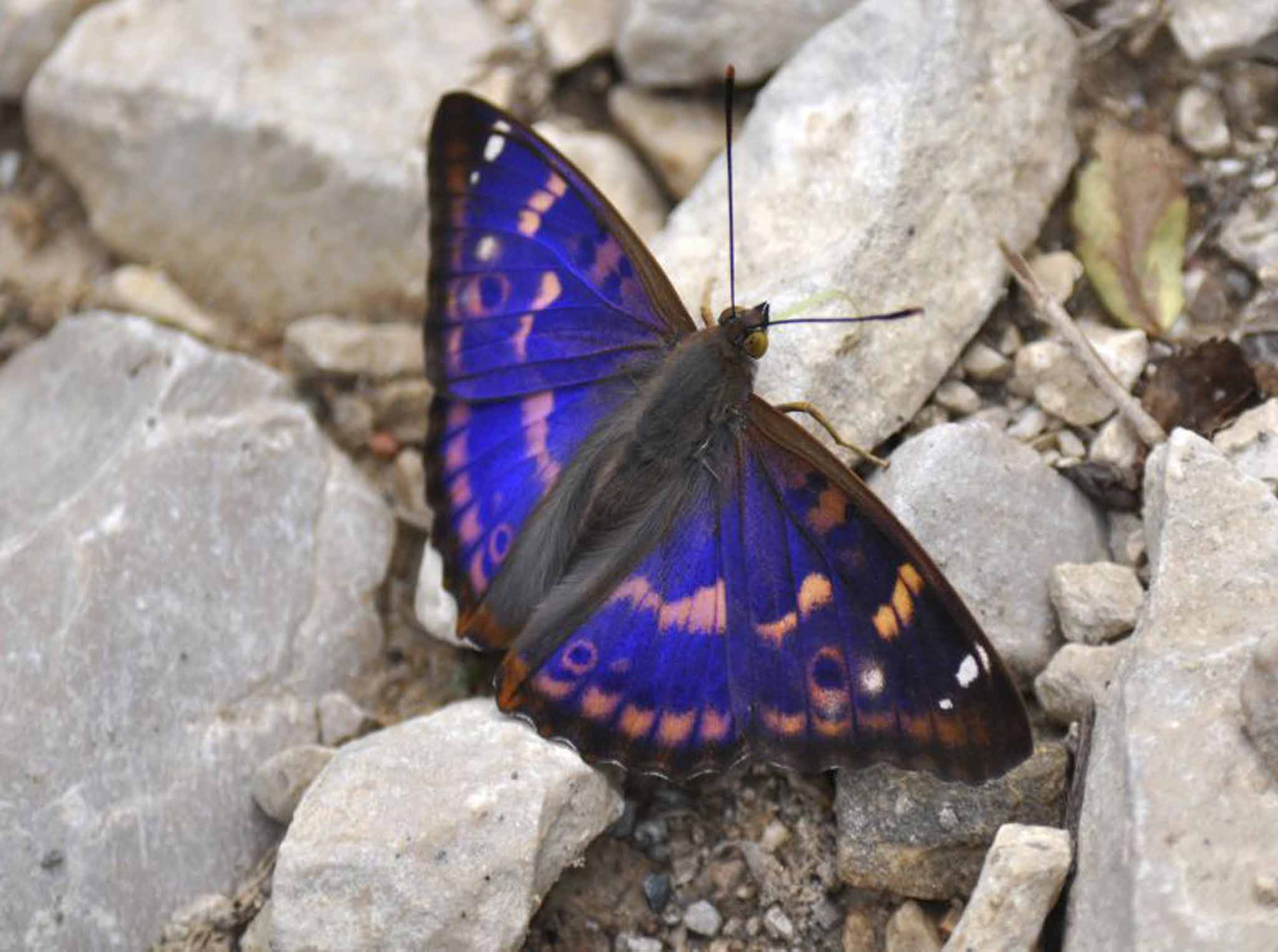New Forest and the purple emperor butterfly: Wildlife weekend

Your support helps us to tell the story
From reproductive rights to climate change to Big Tech, The Independent is on the ground when the story is developing. Whether it's investigating the financials of Elon Musk's pro-Trump PAC or producing our latest documentary, 'The A Word', which shines a light on the American women fighting for reproductive rights, we know how important it is to parse out the facts from the messaging.
At such a critical moment in US history, we need reporters on the ground. Your donation allows us to keep sending journalists to speak to both sides of the story.
The Independent is trusted by Americans across the entire political spectrum. And unlike many other quality news outlets, we choose not to lock Americans out of our reporting and analysis with paywalls. We believe quality journalism should be available to everyone, paid for by those who can afford it.
Your support makes all the difference.Early morning in a wood straddling Hampshire and Wiltshire. The air is dry, the sun smiling, the audience fidgeting with anticipation. All crave sight of an enormous underwing, resplendent in chestnut and ivory. An underwing belonging to His Imperial Majesty the purple emperor. One of Britain's biggest butterflies takes to the wing with glides of breathtaking power, then swoops elegantly to the ground. And promptly undermines its stateliness by feasting on fresh canine faeces. Such is the paradox of the purple empire.
Now is the peak season. Arrive early: although emperors rarely stretch wings until the air is warm, their feeding forays usually cease by 10am, when they return to canopy concealment. This cues your move from Bentley's eastern car park to enjoy the rest of the wood's winged bonanza.
White admirals – a mini-emperor in looks – proliferate. Small pearl-bordered fritillaries favour damp parts of the eastern clearing. Purple hairstreaks favour oaks and brambles. Whiteletter hairstreaks need more tracking: try around the Ralph Whitlock memorial.
Around lunchtime, relocate south-west to the nearest fringes of the New Forest. Visit Ogdens, one of the national park's least-disturbed sites and stroll eastwards along Latchmore Brook for a dragonfly treat. Beautiful demoiselles bounce above streamside vegetation like iridescent yo-yos. Golden-ringed dragonflies patrol.
Start the following day on the north border of Wilverley Inclosure. Walking eastwards, search pathside bracken for two rare flowers. The sublime lesser butterfly-orchid can be abundant, but you will need luck to find wild gladiolus which, in Britain, occurs only in the New Forest.
As the day warms, have another stab at yesterday's star dragonflies. From Puttles Bridge car park, walk south along Silver Stream or north-west along Ober Water. The former is particularly good for southern damselfly. Ober Water can be great for scarce blue-tailed damselfly, white-legged damselfly and small red damselfly.
Finish the weekend by wandering amid heathland at Pig Bush near Beaulieu Road railway station. There's a good chance to see adder (but smooth snake or sand lizard only for the amazingly lucky). And a fabulous suite of plants occurs along the ridge leading south-west to the railway line.
This is an edited extract from 52 Wildlife Weekends by James Lowen, published by Bradt. IoS readers can buy a copy for just £7.79 (inc UK p&p) by visiting bradtguides.com and using the discount code 52WW. Offer valid until 31 January 2015
Join our commenting forum
Join thought-provoking conversations, follow other Independent readers and see their replies
Comments